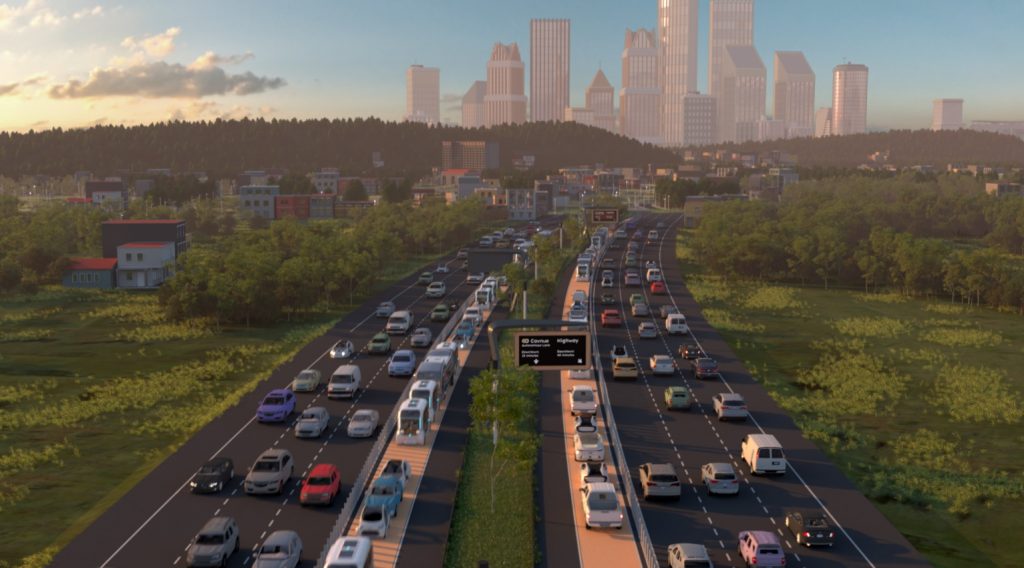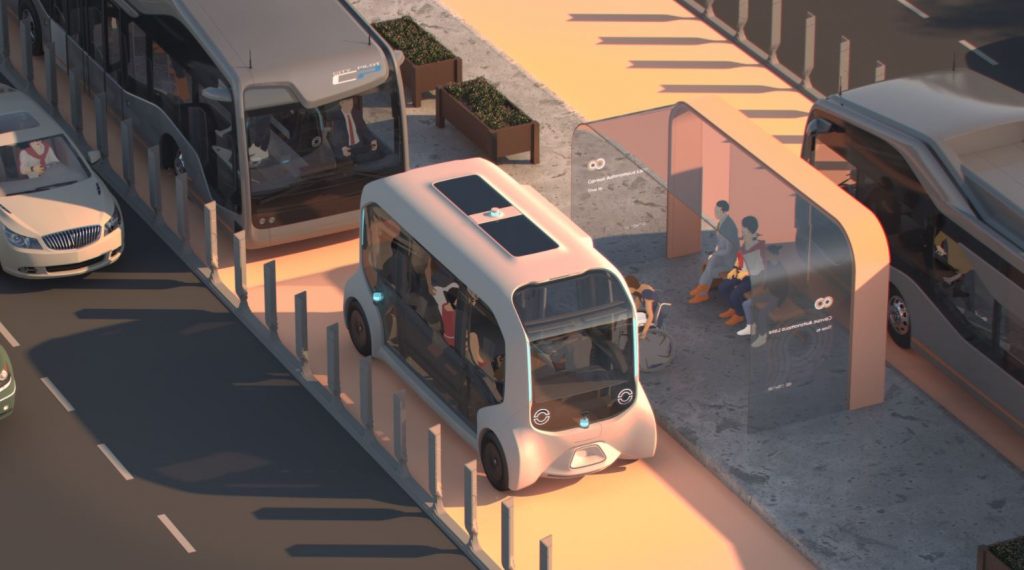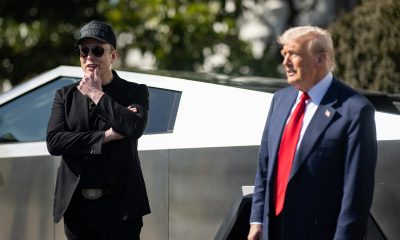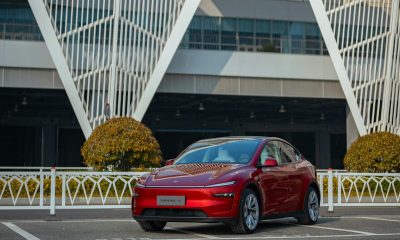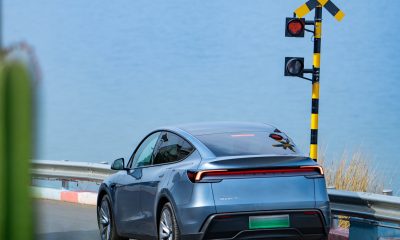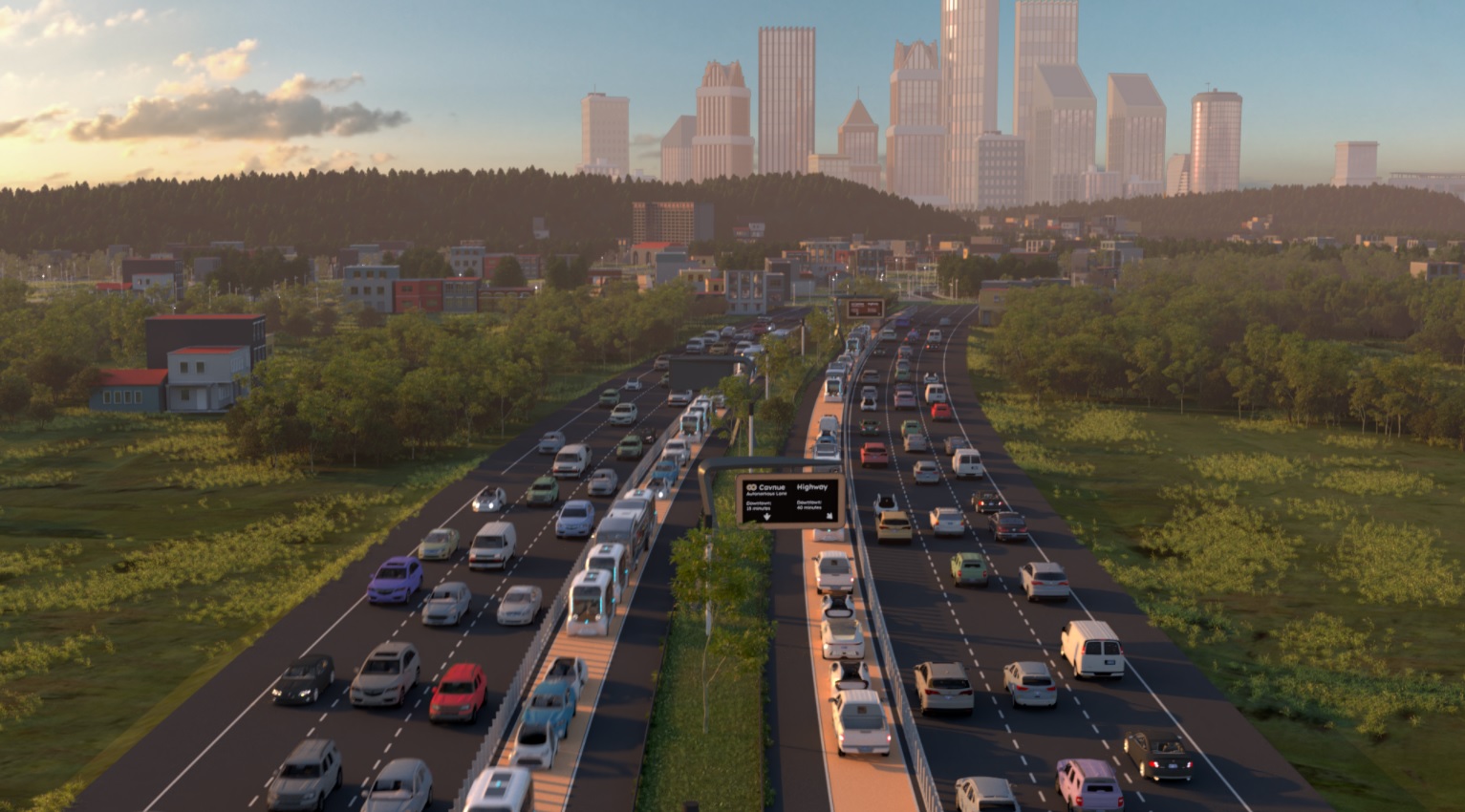

Lifestyle
Self-driving car lanes are coming: Will they help or hinder Level 5 autonomy progress?
Tesla’s long-term Robotaxi plans require Level 5 autonomous driving, i.e., no humans involved, and it certainly sounds like things are moving along quite well. CEO Elon Musk has been chatting about the Full Self-Driving progress on Twitter lately, and some recently published patent applications by the all-electric carmaker have revealed even more details about the machine learning going into an Autopilot overhaul. However, Tesla’s self-driving competitors have another approach to autonomy in mind, and it involves infrastructure restructuring in a major way.
The State of Michigan recently announced plans to create transport lanes dedicated to self-driving vehicles via a public-private partnership project. Over the next 24 months, a study will be conducted to explore the opportunity and viability of building a 40-mile corridor of this type between Downtown Detroit and Ann Arbor. The company chosen to lead the effort is Cavnue, a subsidiary of Sidewalk Infrastructure Partners which is owned by Google’s parent company, Alphabet.
Cavnue’s plans involve a digital model of a roadway that analyzes road conditions in real-time, shares information, and provides proactive guidance to autonomous vehicles and their (optional) drivers. Based on their published promo materials, this is achieved using layers of technologies like sensors, specialized road markings and signage, and signal hubs for transmitting information to vehicles. Essentially, rather than rely on a vehicle’s onboard self-driving software to analyze, predict, and respond to its environment, this connected infrastructure is supposed to provide that data instead – or supplement it heavily anyhow. It’s also supposed to enable the connected cars to talk to one another so coordinated responses like simultaneous braking, slowing, etc. are possible based on environmental factors from the larger infrastructure system.
- Cavnue’s plan for self-driving dedicated vehicle lanes. (Source: Cavnue
- Cavnue’s plan for self-driving dedicated vehicle lanes. (Source: Cavnue
As part of their role in Michigan, Cavnue will be drawing on an advisory committee with representatives from Ford, GM, Argo AI, Arrival, BMW, Honda, Toyota, TuSimple, and Waymo (also a subsidiary of Alphabet).
Both Tesla and Rivian are notably absent from the project’s advisory mentions, which isn’t surprising considering their competitor status through the Alphabet-Waymo connection. But if the lanes are going to involve both long hauler transportation and consumer vehicles, i.e., the Tesla Semi and Models S, 3, X, Y, etc., it must be assumed that the missing companies will eventually get on board with the overall connectivity imagined.
Could efforts like this affect the future of Level 5 autonomy in a negative way? Does it force companies like Tesla and Rivian into a self-driving standard dictated by, say, Waymo? Cavnue’s proposal says its standards will be “open” and “OEM-neutral” if implemented, so it could be a matter of a software install option for owners living in areas with these dedicated lanes. The ability for a competitor’s software to control their vehicles, though, might be a little too big an ask. Or would it?
Tesla is already under an atomic microscope anytime something goes wrong and Autopilot is (or isn’t) involved. What happens when Autopilot is taking a back seat to another OEM’s self-driving software that’s been adopted by a local government? Will that create a code mess to sort through for investigators? How would liability be handled? What if two updates didn’t play well together – something really common in phone and computer apps after OS updates?
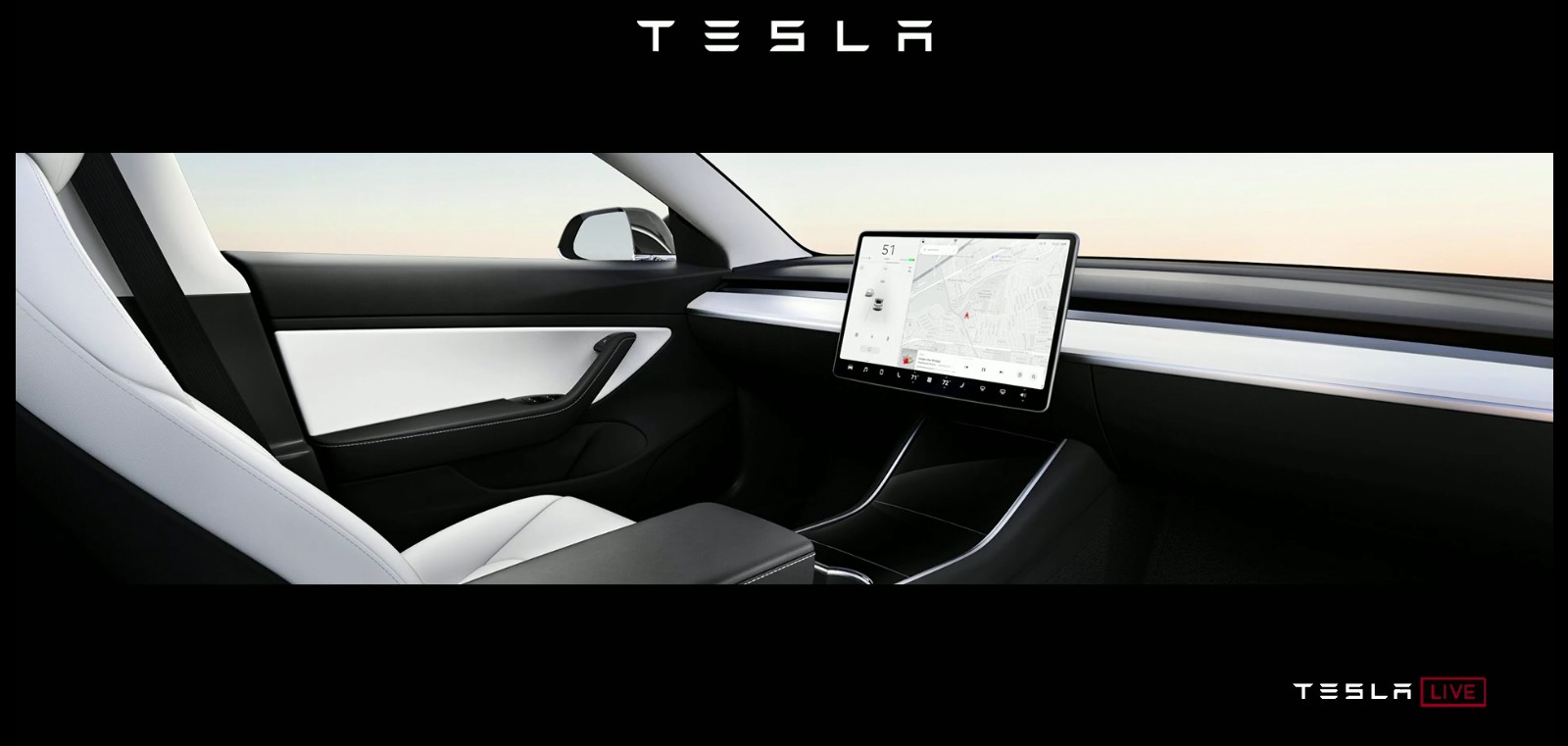
“The vision for the corridor is intended to create lanes that are purpose built to accelerate and enhance the full potential of CAVs [connected autonomous vehicles] and move people,” Michigan’s official announcement stated. Getting governments even more involved in the self-driving push is inevitable and already presents one of the biggest obstacles to its adoption. It’s clear from the Great Lakes State’s initiative that this involvement is also intended to be helpful – first by isolating the autonomous cars, then by supplementing their capabilities, and finally by controlling their movements for safety’s sake.
Of course, cars talking to one another isn’t a new or unexpected idea. Even centralizing the information that’s being shared, as proposed in Cavnue’s system, doesn’t seem to impose or hinder anything generally. A legal authority adopting a self-driving standard, though, is another matter. This concern assumes that the authority in question makes it a mandatory standard since millions, perhaps billions, would be invested into these dedicated roadways. What good would they be if the majority of autonomous vehicles that used them were, say, Teslas that don’t bother with the Waymo-developed system?
Then there’s the question of handicap. Once a system is in place to centralize all the environment information self-driving vehicles are supposed to respond to, will it make it more difficult for companies like Tesla to gain local regulatory approval to use their software? Will it disincentivize other companies from improving their software since there’s a centralized program available (or mandatory)? Level 5 autonomy is no easy feat, nor is it cheap to develop. Car maker’s invest in it expecting a return – like in the case of Tesla’s Robotaxi plan.
Cavnue paints a really safe and pretty picture for the future of self-driving vehicles: Less congestion, faster movement at closer distances, more capacity in the same space, reducing or eliminating choke points, etc. But it also seems to require a lot of cooperation from those who don’t necessarily stand to gain from that cooperation.
Whatever the answers, hopefully none will put much damper on current progress towards Level 5 autonomous driving. And if they do, perhaps The Boring Company will have a few big projects under its belt and ready to provide better answers.
You can watch Cavnue’s promotional concept video here.
Elon Musk
X account with 184 followers inadvertently saves US space program amid Musk-Trump row
Needless to say, the X user has far more than 184 followers today after his level-headed feat.
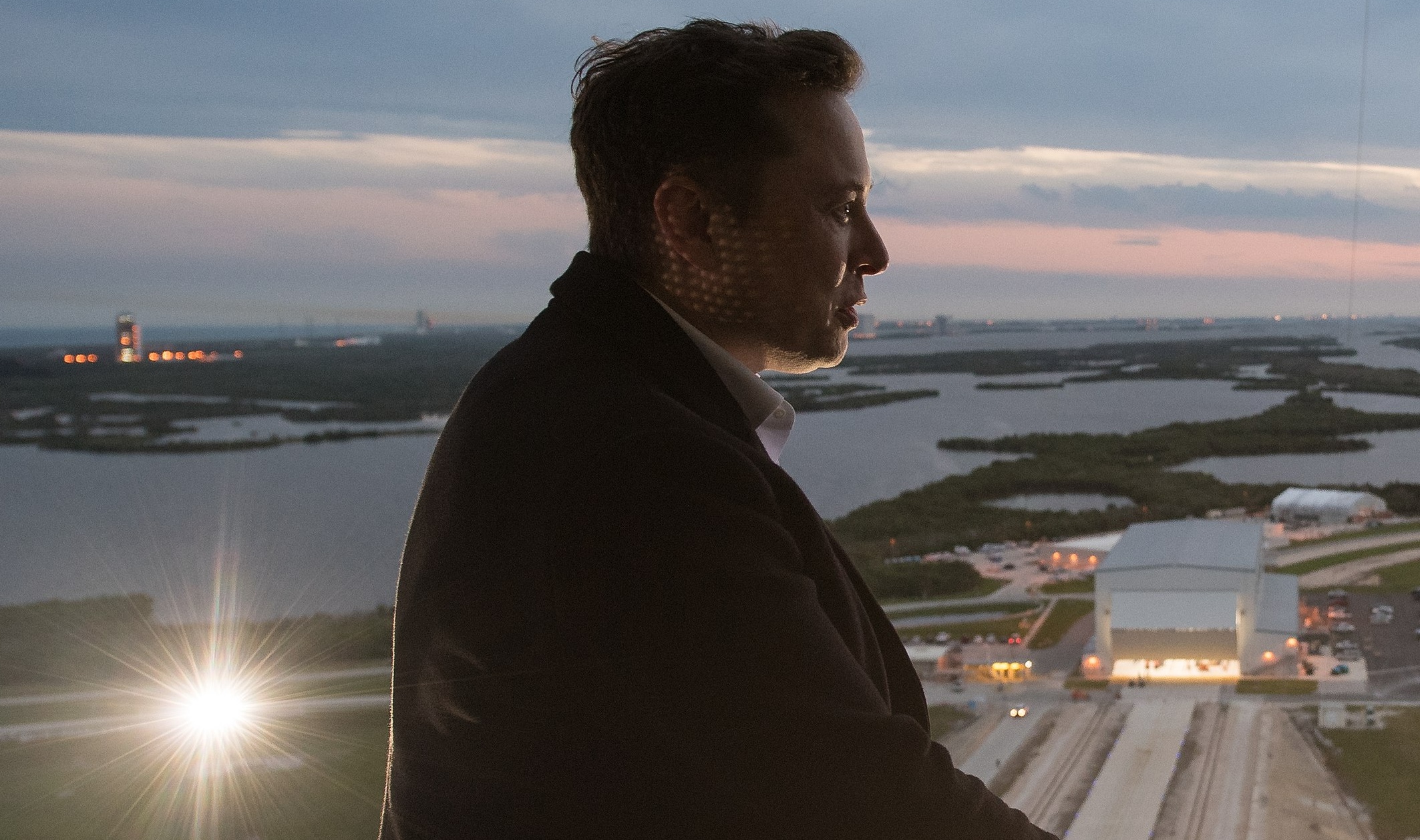
An X user with 184 followers has become the unlikely hero of the United States’ space program by effectively de-escalating a row between SpaceX CEO Elon Musk and President Donald Trump on social media.
Needless to say, the X user has far more than 184 followers today after his level-headed feat.
A Near Fall
During Elon Musk and Donald Trump’s fallout last week, the U.S. President stated in a post on Truth Social that a good way for the United States government to save money would be to terminate subsidies and contracts from the CEO’s companies. Musk responded to Trump’s post by stating that SpaceX will start decommissioning its Dragon spacecraft immediately.
Musk’s comment was received with shock among the space community, partly because the U.S. space program is currently reliant on SpaceX to send supplies and astronauts to the International Space Station (ISS). Without Dragon, the United States will likely have to utilize Russia’s Soyuz for the same services—at a significantly higher price.
X User to the Rescue
It was evident among X users that Musk’s comments about Dragon being decommissioned were posted while emotions were high. It was then no surprise that an X account with 184 followers, @Fab25june, commented on Musk’s post, urging the CEO to rethink his decision. “This is a shame this back and forth. You are both better than this. Cool off and take a step back for a couple days,” the X user wrote in a reply.
Much to the social media platform’s surprise, Musk responded to the user. Even more surprising, the CEO stated that SpaceX would not be decommissioning Dragon after all. “Good advice. Ok, we won’t decommission Dragon,” Musk wrote in a post on X.
Not Planned, But Welcomed
The X user’s comment and Musk’s response were received extremely well by social media users, many of whom noted that @Fab25june’s X comment effectively saved the U.S. space program. In a follow-up comment, the X user, who has over 9,100 followers as of writing, stated that he did not really plan on being a mediator between Musk and Trump.
“Elon Musk replied to me. Somehow, I became the accidental peace broker between two billionaires. I didn’t plan this. I was just being me. Two great minds can do wonders. Sometimes, all it takes is a breather. Grateful for every like, DM, and new follow. Life’s weird. The internet’s weirder. Let’s ride. (Manifesting peace… and maybe a Model Y.)” the X user wrote.
Lifestyle
Tesla Cybertruck takes a bump from epic failing Dodge Charger
The Cybertruck seemed unharmed by the charging Charger.
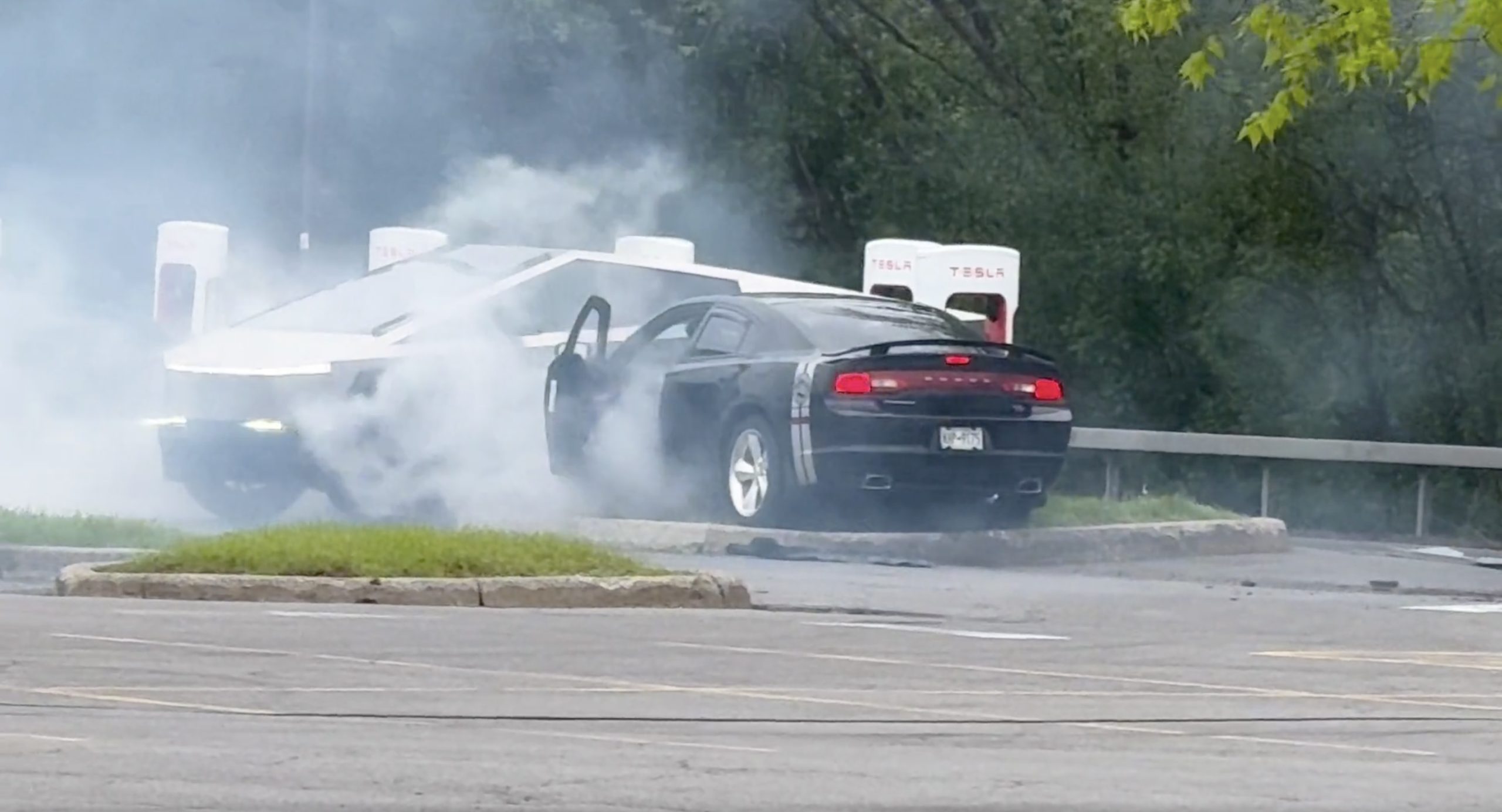
There comes a time in a driver’s life when one is faced with one’s limitations. For the driver of a Dodge Charger, this time came when he lost control and crashed into a Tesla Cybertruck–an absolute epic fail.
A video of the rather unfortunate incident was shared on the r/TeslaLounge subreddit.
Charging Charger Fails
As could be seen in the video, which was posted on the subreddit by Model Y owner u/Hammer_of_something, a group of teens in a Dodge Charger decided to do some burnouts at a Tesla Supercharger. Unfortunately, the driver of the Charger failed in his burnout or donut attempt, resulting in the mopar sedan going over a curb and bumping a charging Cybertruck.
Ironically, the Dodge Charger seemed to have been parked at a Supercharger stall before its driver decided to perform the failed stunt. This suggests that the vehicle was likely ICE-ing a charging stall before it had its epic fail moment. Amusingly enough, the subreddit member noted that the Cybertruck did not seem like it took any damage at all despite its bump. The Charger, however, seemed like it ran into some trouble after crashing into the truck.
Alleged Aftermath
As per the the r/TeslaLounge subreddit member, the Cybertruck owner came rushing out to his vehicle after the Dodge Charger crashed into it. The Model Y owner then sent over the full video of the incident, which clearly showed the Charger attempting a burnout, failing, and bumping into the Cybertruck. The Cybertruck owner likely appreciated the video, in part because it showed the driver of the Dodge Charger absolutely freaking out after the incident.
The Cybertruck is not an impregnable vehicle, but it can take bumps pretty well thanks to its thick stainless steel body. Based on this video, it appears that the Cybertruck can even take bumps from a charging Charger, all while chilling and charging at a Supercharger. As for the teens in the Dodge, they likely had to provide a long explanation to authorities after the incident, since the cops were called to the location.
Lifestyle
Anti-Elon Musk group crushes Tesla Model 3 with Sherman tank–with unexpected results
Ironically enough, the group’s video ended up highlighting something very positive for Tesla.
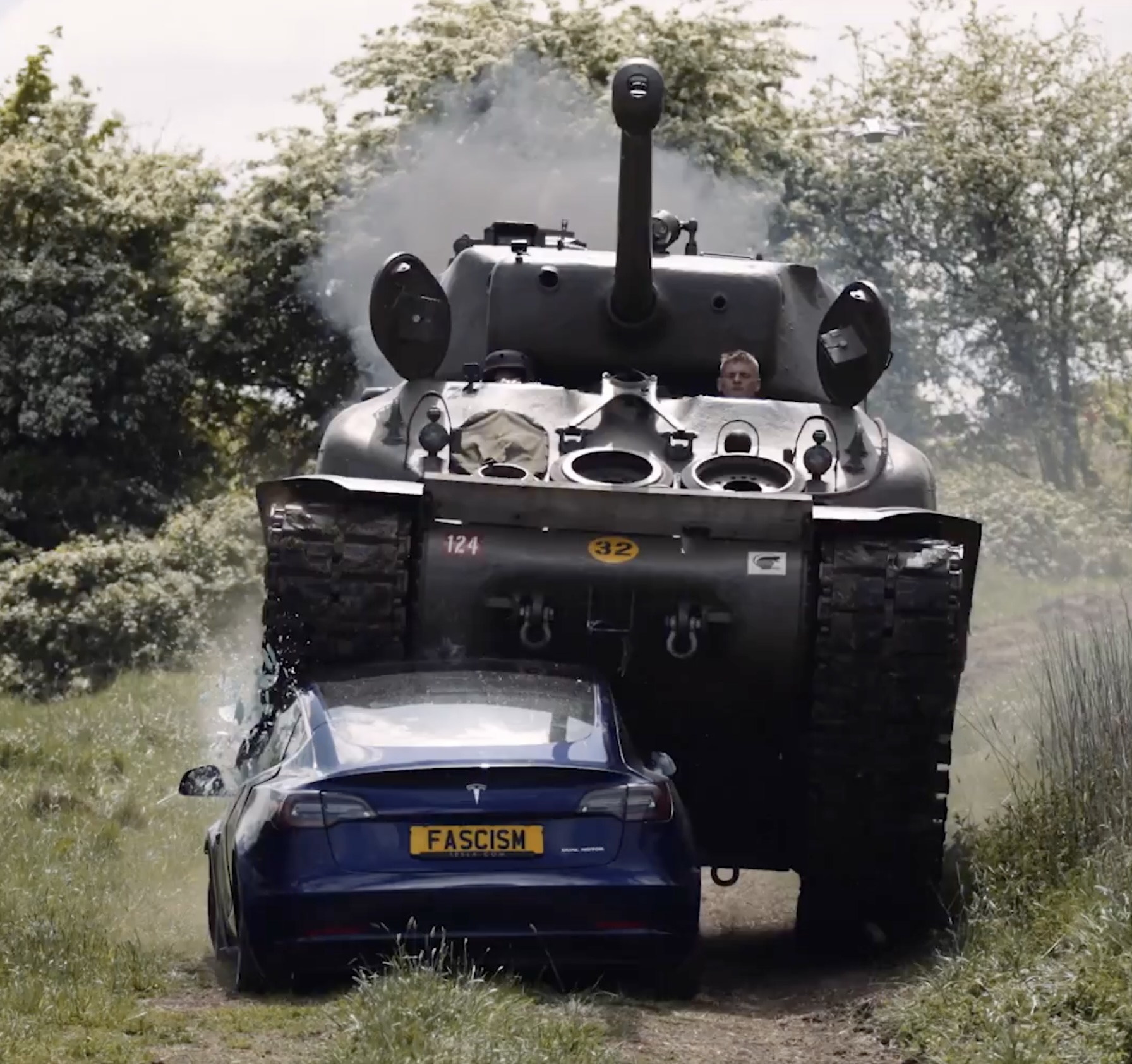
Anti-Elon Musk protesters and critics tend to show their disdain for the CEO in various ways, but a recent video from political action group Led By Donkeys definitely takes the cake when it comes to creativity.
Ironially enough, the group’s video also ended up highlighting something very positive for Tesla.
Tank vs. Tesla
In its video, Led By Donkeys featured Ken Turner, a 98-year-old veteran who served in the British army during World War II. The veteran stated that Elon Musk, the richest man in the world, is “using his immense power to support the far-right in Europe, and his money comes from Tesla cars.”
He also noted that he had a message for the Tesla CEO: “We’ve crushed fascism before and we’ll crush it again.” To emphasize his point, the veteran proceeded to drive a Sherman tank over a blue Tesla Model 3 sedan, which, of course, had a plate that read “Fascism.”
The heavy tank crushed the Model 3’s glass roof and windows, much to the delight of Led By Donkeys’ commenters on its official YouTube channel. But at the end of it all, the aftermath of the anti-Elon Musk demonstration ended up showcasing something positive for the electric vehicle maker.
Tesla Model 3 Tanks the Tank?
As could be seen from the wreckage of the Tesla Model 3 after its Sherman encounter, only the glass roof and windows of the all-electric sedan were crushed. Looking at the wreckage of the Model 3, it seemed like its doors could still be opened, and everything on its lower section looked intact.
Considering that a standard M4 Sherman weighs about 66,800 to 84,000 pounds, the Model 3 actually weathered the tank’s assault really well. Granted, the vehicle’s suspension height before the political action group’s demonstration suggests that the Model 3’s high voltage battery had been removed beforehand. But even if it hadn’t been taken off, it seemed like the vehicle’s battery would have survived the heavy ordeal without much incident.
This was highlighted in comments from users on social media platform X, many of whom noted that a person in the Model 3 could very well have survived the ordeal with the Sherman. And that, ultimately, just speaks to the safety of Tesla’s vehicles. There is a reason why Teslas consistently rank among the safest cars on the road, after all.
-

 Elon Musk1 day ago
Elon Musk1 day agoTesla investors will be shocked by Jim Cramer’s latest assessment
-

 News6 days ago
News6 days agoTesla Robotaxi’s biggest challenge seems to be this one thing
-

 News2 weeks ago
News2 weeks agoTesla’s Grok integration will be more realistic with this cool feature
-

 Elon Musk2 weeks ago
Elon Musk2 weeks agoElon Musk slams Bloomberg’s shocking xAI cash burn claims
-

 News2 weeks ago
News2 weeks agoTesla China roars back with highest vehicle registrations this Q2 so far
-

 News2 weeks ago
News2 weeks agoTexas lawmakers urge Tesla to delay Austin robotaxi launch to September
-

 News2 weeks ago
News2 weeks agoTesla dominates Cars.com’s Made in America Index with clean sweep
-

 Elon Musk1 week ago
Elon Musk1 week agoFirst Look at Tesla’s Robotaxi App: features, design, and more

